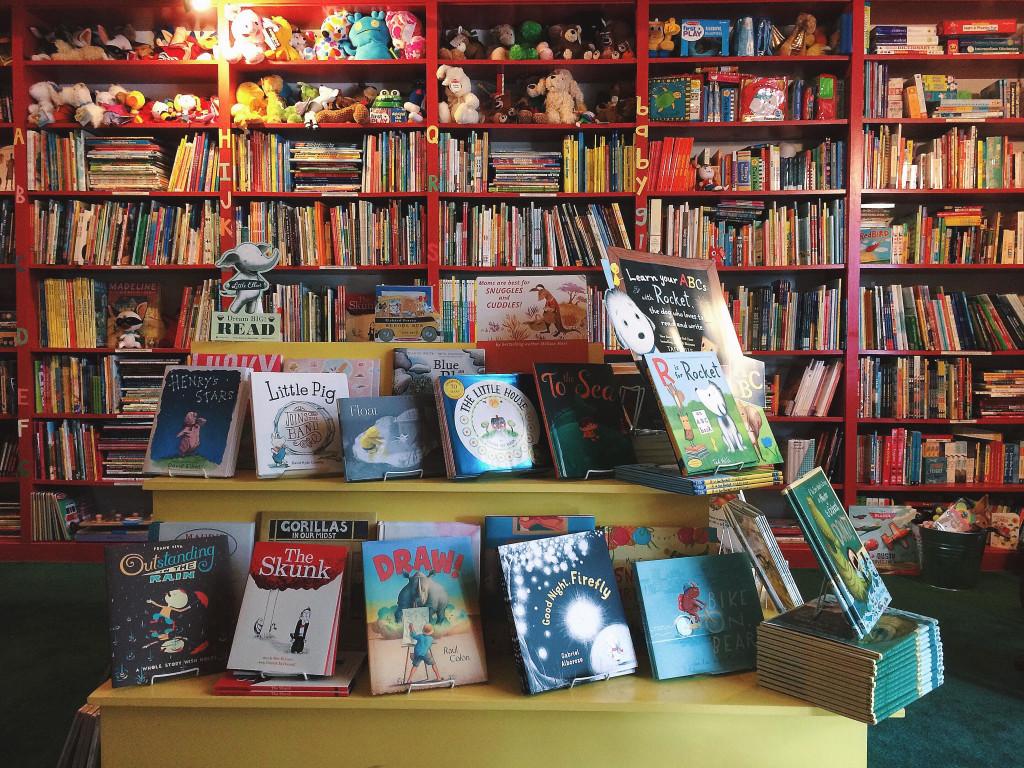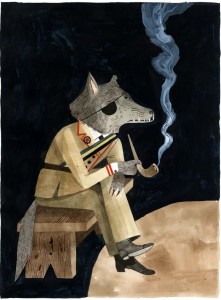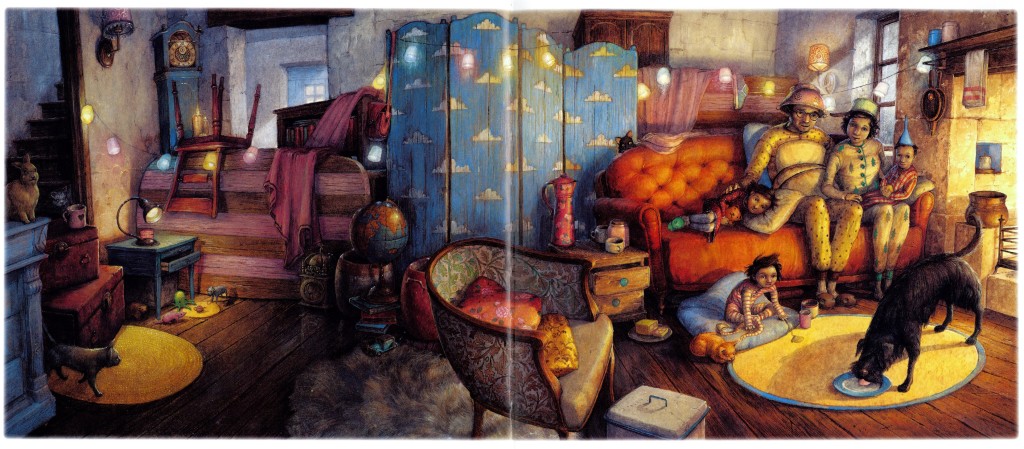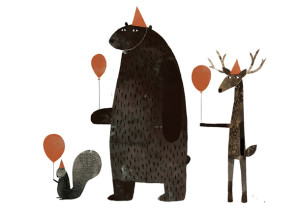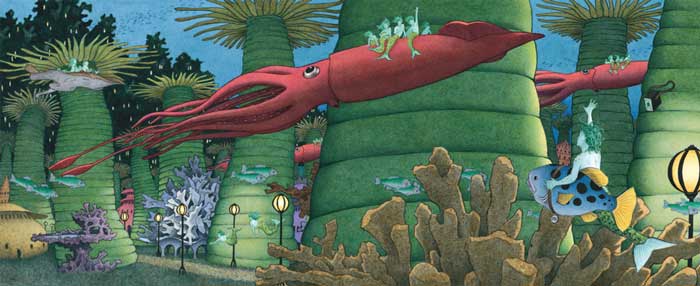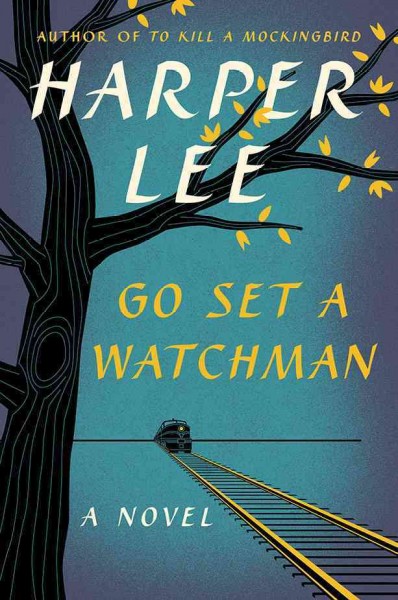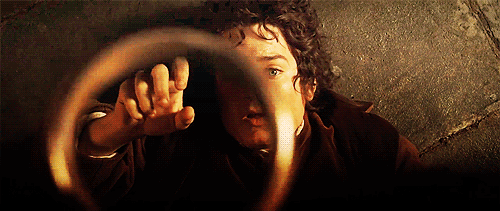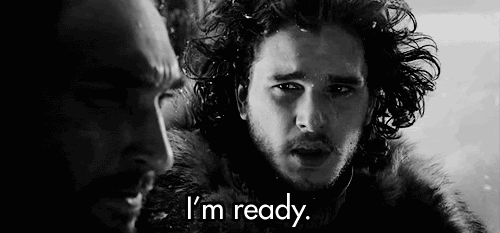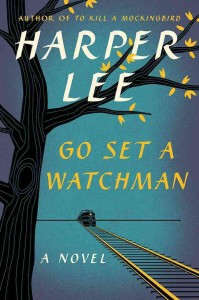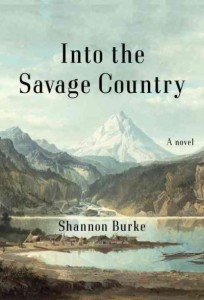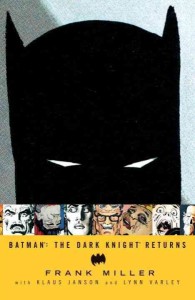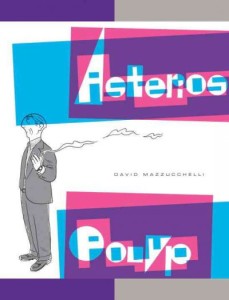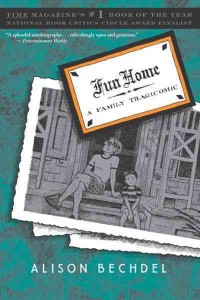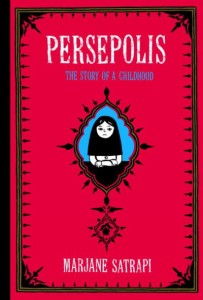By Jim Ewing Special to The Clarion-Ledger
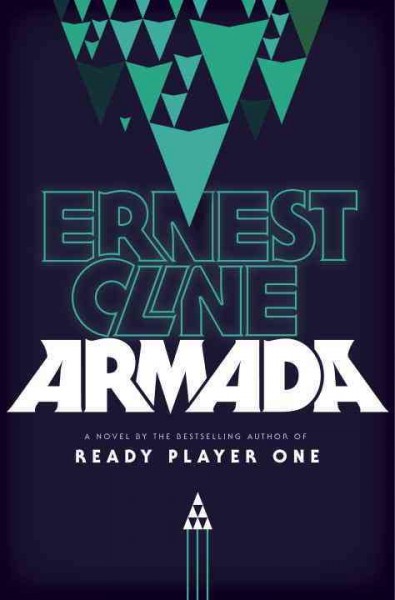 If you enjoy playing space invader video games and have ever thought of yourself while doing so as saving the planet (and who hasn’t?), then Ernest Cline’s Armada is for you!
If you enjoy playing space invader video games and have ever thought of yourself while doing so as saving the planet (and who hasn’t?), then Ernest Cline’s Armada is for you!
The premise is simple: Zack Lightman, a high school senior, is joyfully addicted to playing video games. In fact, after school, he even works in a video arcade where he and his gamer boss Ray spend more time playing games than waiting on customers.
As a result, Zack has cracked the Top 10 of players in the Armada game, where players seek to defend the Earth from squid-like extraterrestrials bent on the planet’s destruction.
Little does he know — but he soon finds out! — that the Armada game (which is a drone spaceflight simulation game) and its terrestrial companion Terra Firma, a land-based bot fighter game, are actually testing outlets for would-be real pilots!
In case this sounds remarkably like the 1984 film The Last Starfighter, Cline makes no bones about it, commenting on it upfront — along with references to every video game such as Space Invaders and Star Raiders that proceed along the same lines. In fact, Armada revels in its geekiness and exalts it, stringing references to films, games, TV shows, comics and the like with gleeful abandon.
 Suffice it to say, if you loved Starfighter and grok references to Wolverines (Red Dawn), May The Force Be With You (Star Wars), and Klaatu barada nikto (The Day the Earth Stood Still), you’ll love Armada.
Suffice it to say, if you loved Starfighter and grok references to Wolverines (Red Dawn), May The Force Be With You (Star Wars), and Klaatu barada nikto (The Day the Earth Stood Still), you’ll love Armada.
In pure critical terms, Armada is not likely to win any awards for dialogue, character or plot (after all, it’s essentially played out in every teen’s living room across America and accurately portrays that enthusiasm), but it’s a fun book and, yes, it has elements that keep the reader interested.
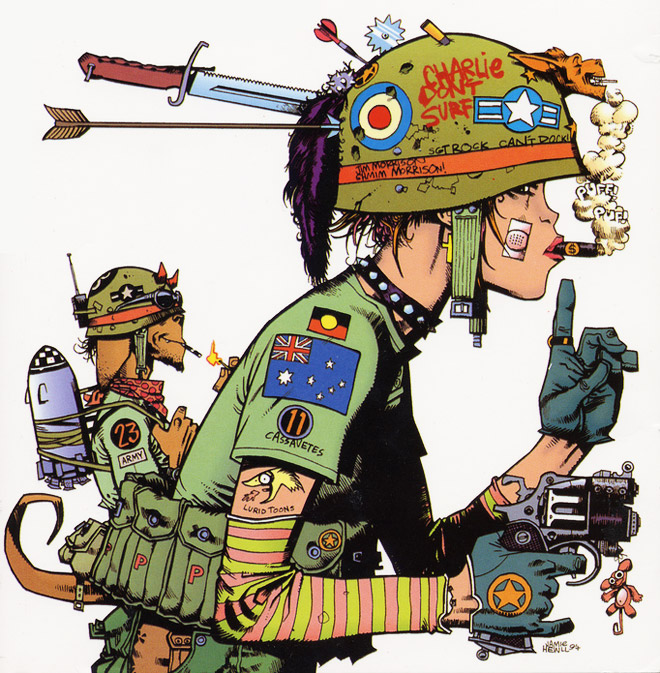 There is the love interest, for example, Lexis Larkin, who not only loves Zack’s geekiness but beats him at it, and is “hot,” as Zack puts it: “Her pale, alabaster skin contrasted sharply with her dark clothing — black combat boots, black jeans, and black tank top (which didn’t fully conceal the black bra she was wearing underneath). She had a spiky wave of black hair that was buzzed down one side and chin-length on the other. But the real kicker were her tattoos, one each arm: on the left was a beautiful seminude rendering of the comic book heroine Tank Girl, adorned in postapocalyptic rock lingerie and smooching an M16. On her right bicep in stylized capital letters were the words El Riesgo Siempre Vive …”
There is the love interest, for example, Lexis Larkin, who not only loves Zack’s geekiness but beats him at it, and is “hot,” as Zack puts it: “Her pale, alabaster skin contrasted sharply with her dark clothing — black combat boots, black jeans, and black tank top (which didn’t fully conceal the black bra she was wearing underneath). She had a spiky wave of black hair that was buzzed down one side and chin-length on the other. But the real kicker were her tattoos, one each arm: on the left was a beautiful seminude rendering of the comic book heroine Tank Girl, adorned in postapocalyptic rock lingerie and smooching an M16. On her right bicep in stylized capital letters were the words El Riesgo Siempre Vive …”
With that motto (“The Risk Always Lives”), gamers will know that Larkin is the equivalent of Private First Class Jenette Vasquez in the Alien vs. Predator games. She shares in his efforts to save the world, including Zack’s hide. (For older gamers, think of Sarah Conner in Terminator 2: Judgment Day.)
If you want to know what your teen is reading this summer, Amada is probably it. But, while Armada should find popularity among young people, it also provides nostalgia for older folk with its 1980s and ’90s references, especially its song list of 1980s rock ‘n’ roll hits that Zack plays while battling aliens. And it’s filled with witty observations: e.g., speculating on why the aliens attacked Earth. “Maybe they seeded life on Earth millions of years ago, and now they’re here to punish us for turning out to be such a lame species and inventing reality TV…”
It’s hard to judge if Armada is really science fiction or simply a gamer book, but maybe it doesn’t matter. It’s a romp; entertaining, fun, an adventure.
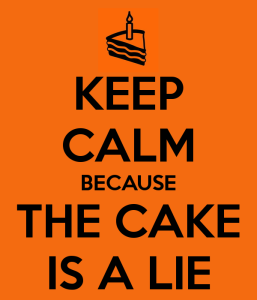 It does, however, have a plot twist that’s bound to surprise. As the meme from the game Portal is weaved into Armada: The Cake is a Lie!
It does, however, have a plot twist that’s bound to surprise. As the meme from the game Portal is weaved into Armada: The Cake is a Lie!
Jim Ewing, a former writer and editor at The Clarion-Ledger, is the author of seven books including Redefining Manhood: A Guide for Men and Those Who Love Them, now in bookstores.



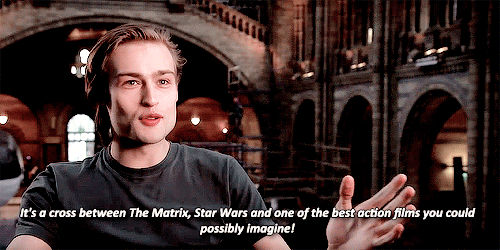
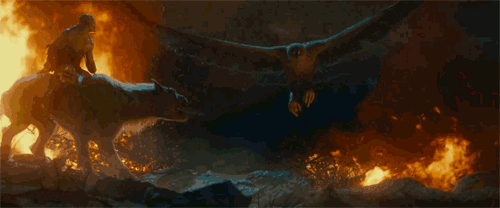 I hope you find this new swing in pop culture as exciting as I do. Come celebrate this nerd pride with us tonight at 5:00 in our .dot.com building and meet Ernest Cline himself. We’ll be the ones in the corner selling copies of Armada, Ready Player One, awesome merch, and quoting The Breakfast Club or arguing with you about the over use of the eagles in The Lord of the Rings. We would love to nerd out with you.
I hope you find this new swing in pop culture as exciting as I do. Come celebrate this nerd pride with us tonight at 5:00 in our .dot.com building and meet Ernest Cline himself. We’ll be the ones in the corner selling copies of Armada, Ready Player One, awesome merch, and quoting The Breakfast Club or arguing with you about the over use of the eagles in The Lord of the Rings. We would love to nerd out with you.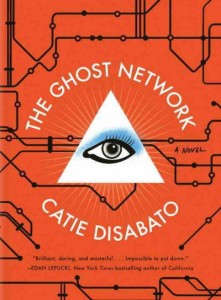
 Throughout the investigation, Disabato clues the reader into the activities of a secret society, their motives and methods, and weaves real world history, geography, and pop culture into their intrigue. I almost feel sorry for anyone that picks this book up after 2015, because it is meant for a right now audience. The missing diva is clearly a stand in for our world’s Lady Gaga, but with a side of conspiracy, and the characters looking for her could be any number of her devoted fans, served with heaping helpings of free time, an extra order of natural detective ability, and an insatiable appetite for pop.
Throughout the investigation, Disabato clues the reader into the activities of a secret society, their motives and methods, and weaves real world history, geography, and pop culture into their intrigue. I almost feel sorry for anyone that picks this book up after 2015, because it is meant for a right now audience. The missing diva is clearly a stand in for our world’s Lady Gaga, but with a side of conspiracy, and the characters looking for her could be any number of her devoted fans, served with heaping helpings of free time, an extra order of natural detective ability, and an insatiable appetite for pop.
